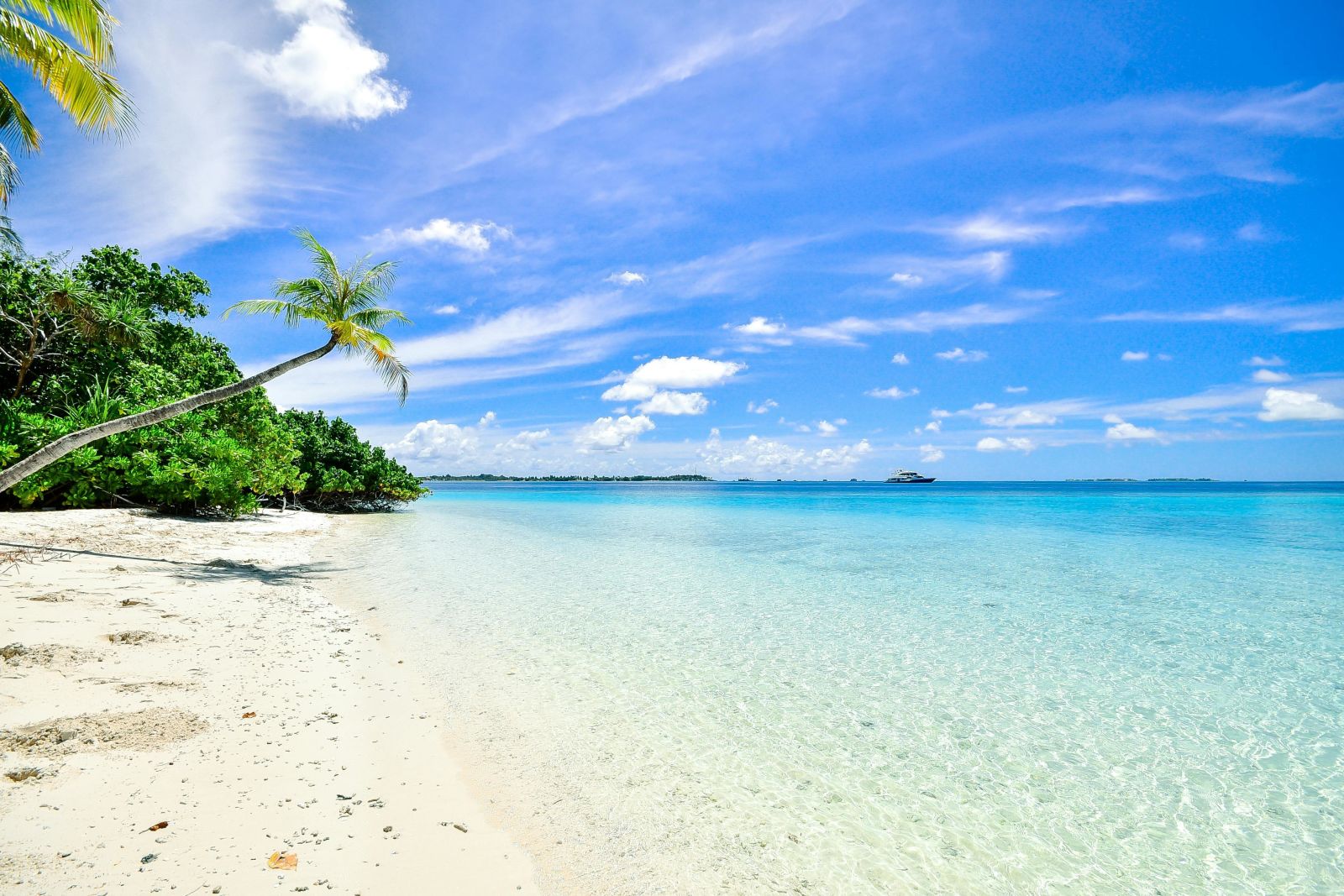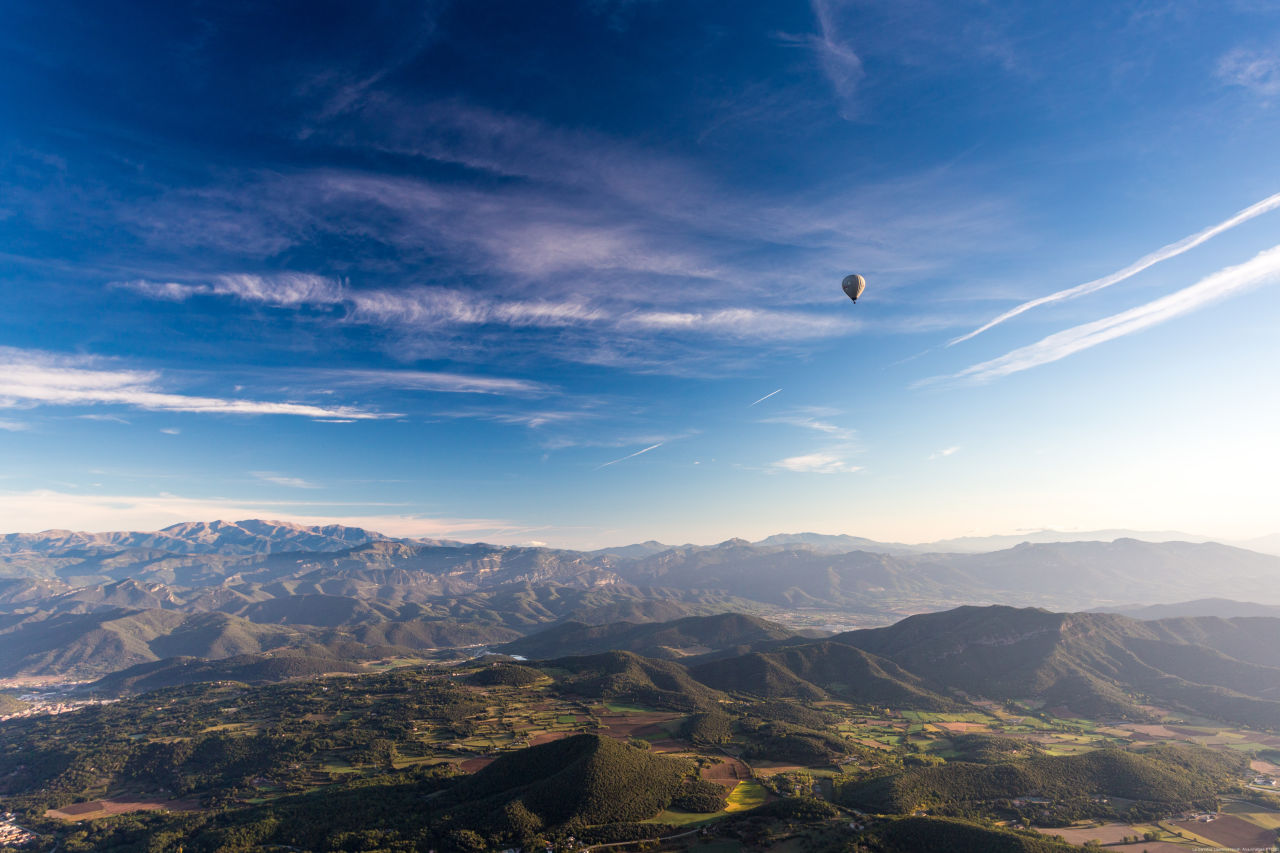Leg 5: Surrealism and Art Nouveau—from Figueres to Barcelona
From Figueres to Peratallada: 80 mi (ca. 129 km)
From Peratallada to Tossa de Mar: 45 mi (ca. 72 km)
From Tossa de Mar to the Vall d'en Bas valley: 53 mi (ca. 85 km)
From the Vall d'en Bas valley to Viladrau: 51 mi (ca. 82 km)
From Viladrau to Barcelona: 98 mi (ca. 158 km)
End in Barcelona
Your diverse journey is coming to an end, but you still have one leg ahead of you. After you have learned everything about Dalí's life in Figueres, you can continue to Cadaqués, for example—a fishing village with a perfect postcard silhouette.
Afterwards, continue along the Bay of Roses, which is one of the most beautiful bays in the world. History buffs should make a stop at the archaeological site of Empúries, the place where Greeks and Romans first settled on the Iberian Peninsula. Here you can also swim and snorkel, as well.
Continue on towards La Garrotxa, a region that has been carved out by its volcanic origin. Following the River Ter you have a clear view of the Collsacabra mountain range. The charming village of Rupit is set amidst a spectacular landscape of gorges and waterfalls.
Before heading back to the coast, make sure to stop in Vic and taste the famous cured meats! The road leads you through the dense forests of the Montseny Biosphere Reserve to the fine sandy beaches of the Maresme.
In Canet de Mar you can study at the Casa-Museu de Domènech i Montaner. Learn about the life and work of the great Art Nouveau architect Lluís Domènech i Montaner and admire the models of some of his emblematic works, such as the Palau de la Música Catalana or the Hospital de Sant Pau. Return to Barcelona through the DO Alella wine region. It is not only one of the oldest, but also the smallest of the twelve Catalan wine regions.


